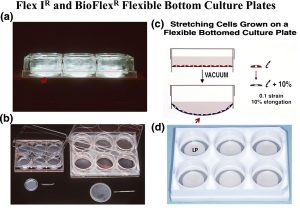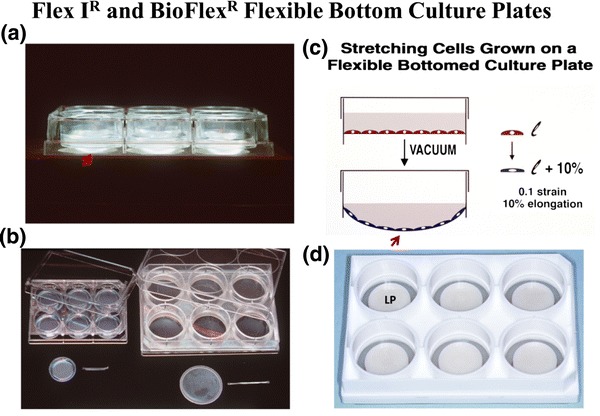Out of Academics: Education, Entrepreneurship and Enterprise.
The author started a niche biotech company in 1985 called Flexcell® to distribute an enabling technology, mechanobiology devices, to the field. He was the first University of North Carolina faculty member to start a company and stay with it as he pursued his career in academics. That was an unpopular route at that time, but a path he was driven to navigate.
Those interests, merged with his training, led to the design and manufacture of mechanobiology devices such as the Flexercell® Strain Unit and the BioFlex® flexible bottom culture plates to study fundamental responses of cells to strain. Principles in these devices were also incorporated into bioreactors for tissue engineering, which are standard in the marketplace today. In this article, the major roadblocks will be chronicled that were overcome to help build the field of mechanobiology and create a small biotechnology company.
Through example, the author’s formula for achieving milestones will be discussed including, the DRIVE it takes to get there [“DRIVE”: Determination (Confidence), Research and Development (R&D) and Risk-Taking, Innovation (Imagination) and Intellectual Property, achieving Victory, and Enterprise].
The author started a niche biotech company in 1985 called Flexcell® to distribute an enabling technology, mechanobiology devices, to the field. He was the first University of North Carolina faculty member to start a company and stay with it as he pursued his career in academics. That was an unpopular route at that time, but a path he was driven to navigate.
Those interests, merged with his training, led to the design and manufacture of mechanobiology devices such as the Flexercell® Strain Unit and the BioFlex® flexible bottom culture plates to study fundamental responses of cells to strain. Principles in these devices were also incorporated into bioreactors for tissue engineering, which are standard in the marketplace today. In this article, the major roadblocks will be chronicled that were overcome to help build the field of mechanobiology and create a small biotechnology company.
Through example, the author’s formula for achieving milestones will be discussed including, the DRIVE it takes to get there [“DRIVE”: Determination (Confidence), Research and Development (R&D) and Risk-Taking, Innovation (Imagination) and Intellectual Property, achieving Victory, and Enterprise].

Next biotech plants: new traits, crops, developers and technologies for addressing global challenges.
Most of the genetically modified (GM) plants currently commercialized encompass a handful of crop species (soybean, corn, cotton and canola) with agronomic characters (traits) directed against some biotic stresses (pest resistance, herbicide tolerance or both) and created by multinational companies.
The same crops with agronomic traits already on the market today will continue to be commercialized, but there will be also a wider range of species with combined traits. The timeframe anticipated for market release of the next biotech plants will not only depend on science progress in research and development (R&D) in laboratories and fields, but also primarily on how demanding regulatory requirements are in countries where marketing approvals are pending.
Regulatory constraints, including environmental and health impact assessments, have increased significantly in the past decades, delaying approvals and increasing their costs. This has sometimes discouraged public research entities and small and medium size plant breeding companies from using biotechnology and given preference to other technologies, not as stringently regulated.
Nevertheless, R&D programs are flourishing in developing countries, boosted by the necessity to meet the global challenges that are food security of a booming world population while mitigating climate change impacts. Biotechnology is an instrument at the service of these imperatives and a wide variety of plants are currently tested for their high yield despite biotic and abiotic stresses.
Many plants with higher water or nitrogen use efficiency, tolerant to cold, salinity or water submergence are being developed. Food security is not only a question of quantity but also of quality of agricultural and food products, to be available and accessible for the ones who need it the most.

